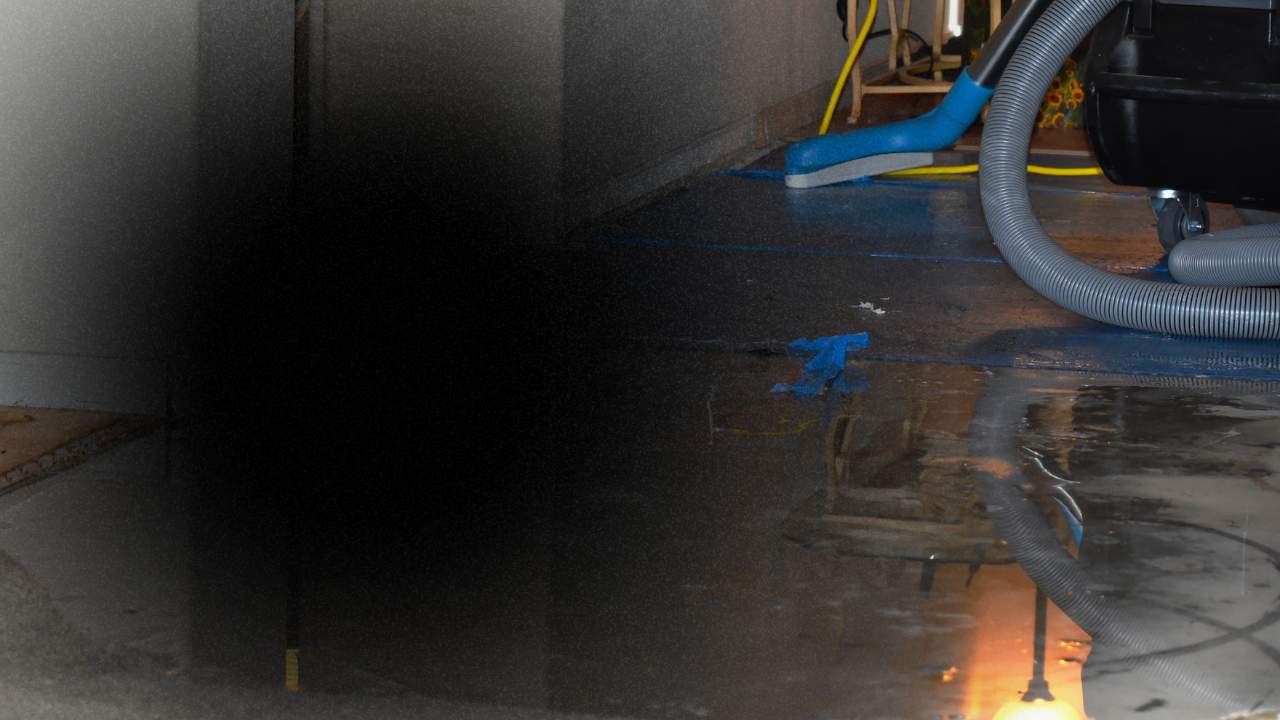Water damage can wreak havoc on your home, especially in a humid city like New Orleans. Whether it’s the result of heavy rains, flooding, or plumbing issues, the aftermath can be overwhelming. If you’re facing the challenge of restoring materials damaged by water, you’re not alone. Many homeowners find themselves in similar situations, and understanding the steps to take can make a significant difference in the restoration process. This guide will provide you with essential insights and practical advice to help you successfully navigate material restoration from water damage in New Orleans.
The unique climate of New Orleans means that timely action is crucial. Mold and mildew can develop rapidly in warm, damp conditions, potentially leading to health risks and further damage to your property. By learning about the right techniques and materials for restoration, you can safeguard your home and get back to enjoying all that this vibrant city has to offer. Let’s dive into the essential steps and best practices for effective material restoration from water damage, ensuring your home remains safe and sound for years to come.
0 best material restoration from water damage in new orleans
Understanding Water Damage and Its Effects
Water damage can affect various materials in your home, including wood, drywall, and upholstery. Each material reacts differently to moisture, which can complicate the restoration process. For instance, wood can warp or rot, while drywall may weaken and develop mold. Understanding how water interacts with these materials is crucial for effective restoration.
Steps for Material Restoration from Water Damage
1. **Assess the Damage**: The first step in restoration is to assess the extent of the damage. Look for signs of water intrusion, such as discoloration, sagging ceilings, or mold growth. Documenting the damage is essential for insurance claims and helps you determine what materials can be salvaged.
2. **Remove Excess Water**: If standing water is present, it’s important to remove it promptly. Use a wet/dry vacuum or a water pump to eliminate as much water as possible. This step is vital to prevent further damage and to inhibit mold growth.
3. **Dry Out the Area**: After the water has been removed, the next step is to dry out the affected materials. Use fans, dehumidifiers, and open windows to promote air circulation and speed up the drying process. For porous materials, such as carpets and upholstery, it may be necessary to remove them for thorough drying.
4. **Clean and Disinfect**: Once the area is dry, clean and disinfect all surfaces to remove any bacteria or mold spores. Use a mixture of water and mild detergent or a specialized cleaning solution. Pay special attention to corners and hidden areas where moisture could linger.
5. **Repair or Replace Damaged Materials**: After cleaning, assess which materials can be repaired and which need replacing. For example, while hardwood floors can often be sanded and refinished, drywall may need to be cut out and replaced if it has absorbed too much water. Choosing the right materials for replacement is essential in a humid environment like New Orleans, so consider moisture-resistant options.
Expert Tips for Successful Restoration
To ensure a successful restoration process, consider the following expert tips:
- Act quickly: The sooner you address water damage, the better your chances are of restoring materials without significant loss.
- Consult professionals: If the damage is extensive, it’s wise to consult with a restoration expert who can provide guidance and services tailored to your situation.
- Protect against future damage: Once restoration is complete, consider waterproofing your home and implementing drainage solutions to prevent future water issues.
By following these steps and tips, you can effectively manage material restoration from water damage in New Orleans. Remember, taking action quickly and using the right techniques will help you preserve your home and protect your investment against the unique challenges posed by the local climate.

